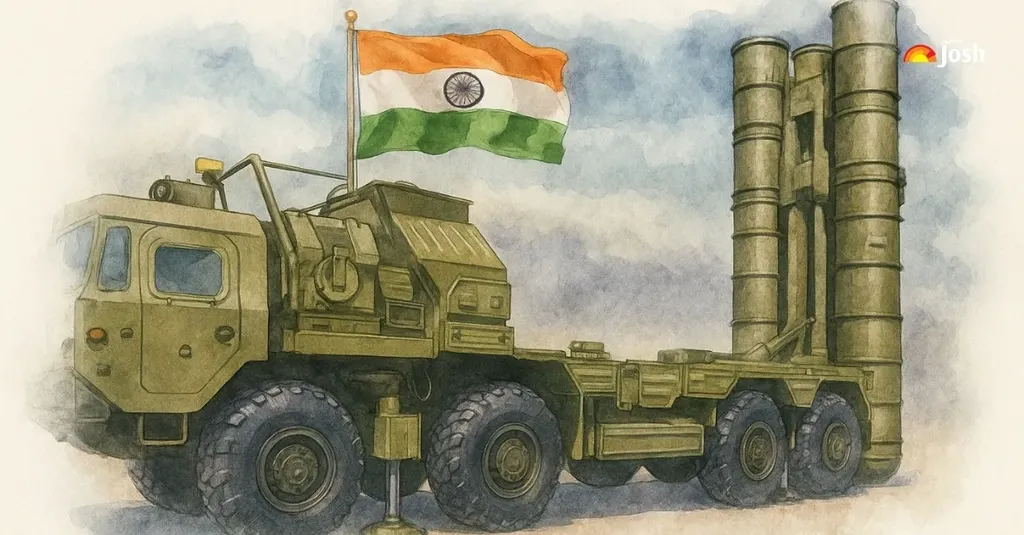India’s pursuit of strategic autonomy in air defence has taken a bold leap with Project Kusha, an ambitious initiative by the Defence Research and Development Organisation (DRDO). Designed as a long-range surface-to-air missile system, Project Kusha aims to defend India’s skies from contemporary aerial threats, including drones, cruise missiles, and stealth fighter planes. Praised as India’s response to global systems like Russia’s S-400 and Israel’s Iron Dome, the system features interceptor variants capable of reaching targets at distances of 150 km, 250 km, and even 400 km. With an estimated budget of ₹21,700 crore, this initiative is expected to be operational between 2028 and 2030, marking a significant milestone in India’s defence capabilities.
Project Kusha, also known as the Extended Range Air Defence System (ERADS), is being developed to neutralise a wide range of aerial threats, including hypersonic missiles. Its multi-layered approach and indigenous technology position it as a potential game-changer in enhancing India’s air defence capabilities. The system will feature multiple interceptor missiles with ranges of 150 km, 250 km, and 350 km, designed for different threat profiles. Advanced radar systems will enhance detection and engagement capabilities, while seamless integration with the Indian Air Force’s existing command and control systems will enable coordinated responses.
One of the most significant aspects of Project Kusha is its potential to reduce India’s reliance on foreign defence systems. By developing indigenous capabilities, India aims to enhance national security and facilitate potential technology exports. The growing global demand for air defence systems presents an opportunity for India to market Project Kusha, especially to nations seeking cost-effective solutions. The system’s modular design may allow for customisation to meet specific national requirements, increasing its attractiveness in the international market.
“Project Kusha represents a major step forward in India’s defence technology,” said a senior DRDO official. “It is not just about protecting our skies but also about positioning India as a global leader in defence innovation.”
However, the path to operational deployment is not without challenges. The targeted timeline for prototype completion by 2026 and full operational capability by 2028-2029 necessitates effective management of the development and testing phases. India also faces competition from established players such as the US, Russia, and Israel, necessitating a focus on reliability and cost-effectiveness. Potential buyers may seek technology transfer or local manufacturing, which could expand market reach but also pose risks of technology proliferation.
Comparing Project Kusha to Russia’s S-400 highlights both its ambitions and its challenges. While the S-400 has been operational since 2007 and has a proven track record, Project Kusha aims to match its capabilities with an operational range of up to 350 km. The S-400, with its 40N6 interceptor capable of reaching 400 km, has a slight edge in range, but Project Kusha’s indigenous development and potential for customisation could give it a competitive advantage in the global market.
“The S-400 is a formidable system, but Project Kusha is designed to meet the specific needs of India and potentially other nations,” said a defence analyst. “Its success will depend on its reliability, cost-effectiveness, and the ability to integrate with existing defence architectures.”
Project Kusha’s success could have far-reaching implications for India’s defence industry and its strategic partnerships. Successful exports could boost India’s foreign exchange reserves and stimulate growth in the domestic defence industry, creating jobs and fostering industrial development. Exporting Project Kusha could also strengthen diplomatic ties with purchasing nations, leading to broader strategic and military cooperation.
As India continues to invest in advanced defence technologies, Project Kusha stands as a testament to its commitment to strategic autonomy and innovation. The system’s development and eventual deployment will not only enhance India’s air defence capabilities but also position the country as a key player in the global defence market.

